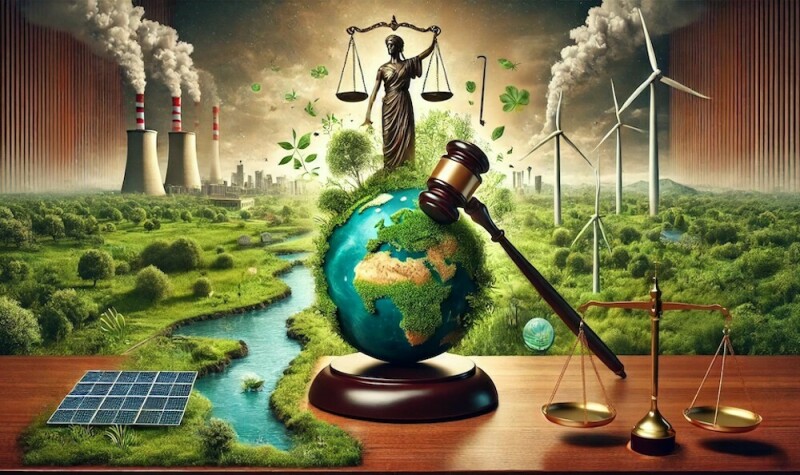Climate Change
Climate Warning: A Call to Action for a Heating Planet

As the climate continues to warm at an alarming rate due to climate change and global warming, climate warnings from scientists, environmental groups, and international organizations grow louder and more urgent. These environmental warnings are not distant predictions—they are present-day realities manifesting in extreme weather, rising sea levels, and shrinking biodiversity. The time for climate awareness has passed; we are now in an era that demands immediate and meaningful action to combat the escalating climate crisis.
What Is a Climate Warning?
A climate warning is a scientific alert about the increasing instability of Earth’s climate system due to human activity—mainly the emission of greenhouse gases such as carbon dioxide (CO₂) and methane. These warnings are based on decades of research and are issued by credible institutions like the IPCC (Intergovernmental Panel on Climate Change), NASA, and the UN.
Signs the Planet Is Heating Up
The evidence of climate change is all around us:
- Record-breaking temperatures: Each of the last eight years has ranked among the hottest in recorded history.
- Melting glaciers & polar ice: Ice sheets in Antarctica and Greenland are melting at unprecedented rates.
- Extreme weather: More frequent hurricanes, floods, heatwaves, and wildfires are becoming the norm.
- Rising sea levels: Coastal cities are at growing risk of flooding due to thermal expansion and melting ice.
- Ecosystem disruption: Coral reefs are bleaching, forests are burning, and species are migrating or vanishing.
Why Climate Warnings Matter
Ignoring these warnings means accepting:
- Food and water insecurity
- More deadly natural disasters
- Mass climate migration
- Economic collapse in vulnerable regions
- Increased conflict over resources
These are not hypothetical dangers—they are already beginning to unfold in parts of Africa, South Asia, and island nations
What Can We Do?
While the scale of the problem is vast, so is the potential for impact. Here’s what individuals, communities, and governments can do:
Individuals:
- Reduce energy use and opt for renewable energy
- Use public transport, bike, or walk
- Eat more plant-based meals
- Support sustainable brands and policies
Communities:
- Promote tree planting and local sustainability projects
- Educate others on climate action
- Support local clean energy initiatives
Governments:
- Transition from fossil fuels to renewable energy
- Enforce emissions regulations
- Invest in green infrastructure and climate resilience
- Uphold international climate agreements like the Paris Agreement
Final Thought
The climate is not waiting—and neither should we. The warnings are clear. The science is solid. The solutions exist. What matters now is what we choose to do next.